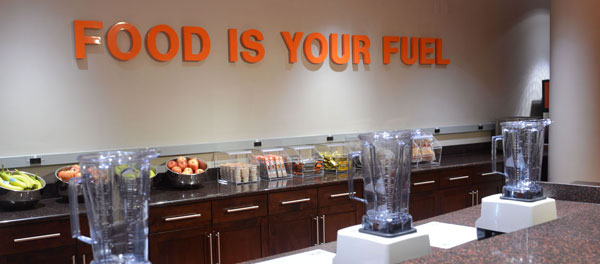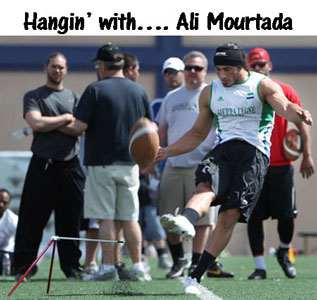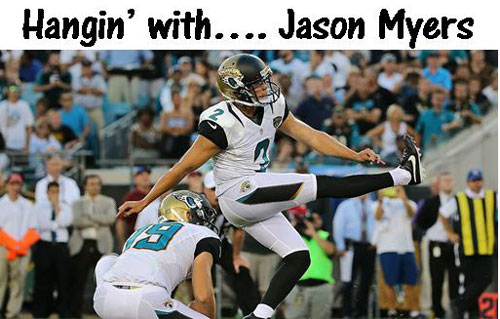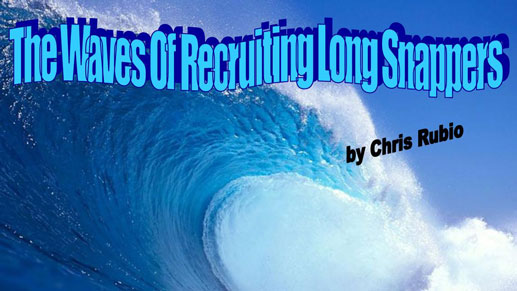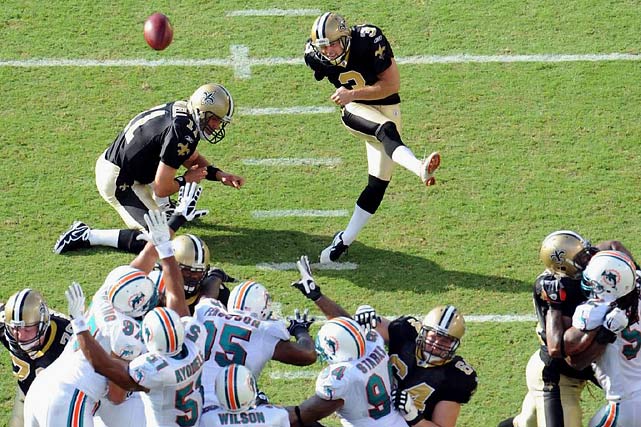QuickBites
Quick Bites
At the NCAA Division I level, where football programs use every resource possible to boost player performance, there is a growing emphasis on nutrition. The challenge, however, is promoting healthy eating on a daily basis without having watchdogs at each meal. One solution many sports dietitians are turning to is social media.
“It’s natural for athletes to be on social media, so if we’re there, too, we can reach them directly without having to be physically present,” says Colleen Carrion, Director of Sports Nutrition at the University of Maryland. “Every time athletes see a post from us, it’s a good reminder that nutrition is an important part of their performance routine. We also use social media to drive athletes to our fueling stations, where we can further engage them.”
Nutritionists say the most effective platforms are Twitter and Instagram. “Those two seem to have the most reach within our student-athlete population,” says Kayli Hrdlicka, Director of Sports Nutrition at Florida State University. “In the past, I used Facebook, too, but it never felt like we were getting the engagement level we were looking for on that site.”
“Both Twitter and Instagram allow us to distribute quick education points and photos to go along with them,” says Lauren Silvio, Director of Sports Nutrition at Auburn University. “Being able to see information and visualize meals and snacks can be an important teaching tool to use with athletes.”
Along with using the right platforms, strategizing posts is important. “We try to keep our posts relevant, diverse, and exciting so the content isn’t the same every day,” says Carrion. “This is a work in progress. One recent strategy we have employed is asking questions and encouraging athletes to respond. For example, we might post, ‘What’s your favorite pre-workout snack?’ and see what they say.
“Athletes also love to be featured on our social media pages, so tagging individuals and their teams is a good way to get them engaged,” she continues. “At a meal, we might suggest that athletes try something new or create a balanced plate, and then post a picture of what they come up with and tag them.”
At Auburn, Silvio likes to highlight what sports dietitians are doing with teams and what is going on at the fueling station. “If we are featuring something special on a particular day, we usually put a preview about it on our Instagram story,” she says. “After the event has concluded, we’ll create an educational post about what we did.”
Hrdlicka will often double-post on both Twitter and Instagram with the goal of sharing a moment everyone can relate to. “This may mean showing how we make certain food items, highlighting an athlete who has worked on nutrition as part of their overall performance goals, or showing fun activities we are doing,” she explains.
Carrion uses themes of the day to keep things fun. “On Twitter, we have Motivation Monday or Monday Munchies, Try It Tuesday, Wellness Wednesday or What’s New Wednesday, Thursday Tips, Fun Fact Friday or Fruitful Friday, and Swap it Saturday or Shop It Saturday,” she says. “My staff comes up with a list of tweets for each week. Once approved, they are preprogrammed into Hootsuite—an online social media management dashboard—to get sent out daily.
“For Instagram, we don’t have a set schedule, but we try to post a few times a week depending on what events we are doing,” Carrion continues. “So on Monday, we might post sample breakfast and lunch/dinner performance plates based on the dining hall menu for the week. On Tuesday, we could post a flyer for our Try It Tuesday food sampling, and we might share a special smoothie recipe on Thursday. We fill in the other days with pictures of meal prep ideas, performance plates, athletes participating in taste tests, special events, food demos, and grocery store tours.”
One more strategy Silvio follows is to keep it simple. “Educating about one topic at a time is best,” she says. “For example, we’ll create separate content on recovery, competition fueling, snack ideas, macronutrients, and hydration. Being too wordy or trying to provide a lot of information at one time can cause athletes to lose interest.”
To get a closer look at these sports dietitian’s posts on Twitter and Instagram, here’s where to find them:
Auburn Sports Nutrition:
@TigerNutrition.
Maryland Sports Nutrition:
@FuelingtheTerps.
Florida State Sports Nutrition:
@FSU_Fuel.

